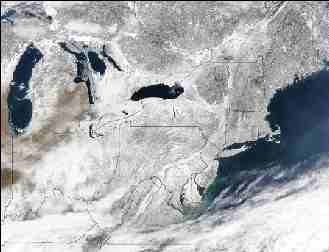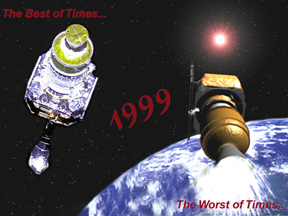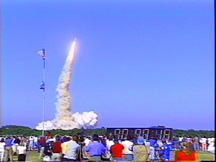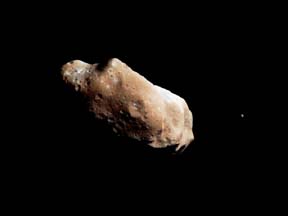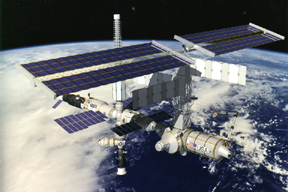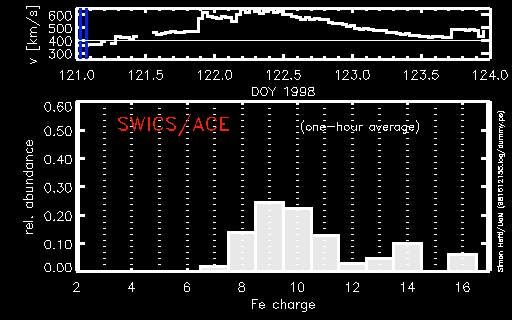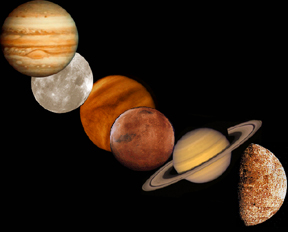Click on image for full size
Courtesy of NASA
Related links:
Snow Blankets the Eastern United States!
News story originally written on March 5, 2003
Last year, winter in the Northeast United States was mild with very little snow. This year, however, there is tons of the white fluffy stuff! Several winter snowstorms have rumbled through the Eastern part of the United States, with one in mid-February dumping record, or near record, amounts of snow in Washington, D.C., Baltimore, Philadelphia, New York City, and Boston.
This winter weather has been brought to the East coast of the United States by changing air pressure over the Atlantic, a phenomena called the North Atlantic Oscillation, or NAO for short. The NAO controls how intense winter weather is by changing the high and low air pressure over the Atlantic Ocean.
How does air pressure over the Atlantic cause wintry weather a few thousand miles away in New York? Low air pressure over Iceland pulls cold air down from the Arctic. It mixes with moist air brought up from the tropics by high air pressure over the Atlantic Ocean, west of Spain. The warm moist air hits the cold air from the Arctic producing snowstorms, some of which roll towards the East coast. “It sets up a situation where you’ve got a lot of moisture hitting cold air, and that is a recipe for snow,” says David Adamec, a climate scientist at NASA’s Goddard Space Flight Center. During some winters, these pressure systems can become very strong producing plenty of snow. This is one of those winters!
What can you do about winter weather? Well, you can’t change the weather! But you can be prepared for whatever weather is coming by looking at weather reports on the radio, television, or web.


